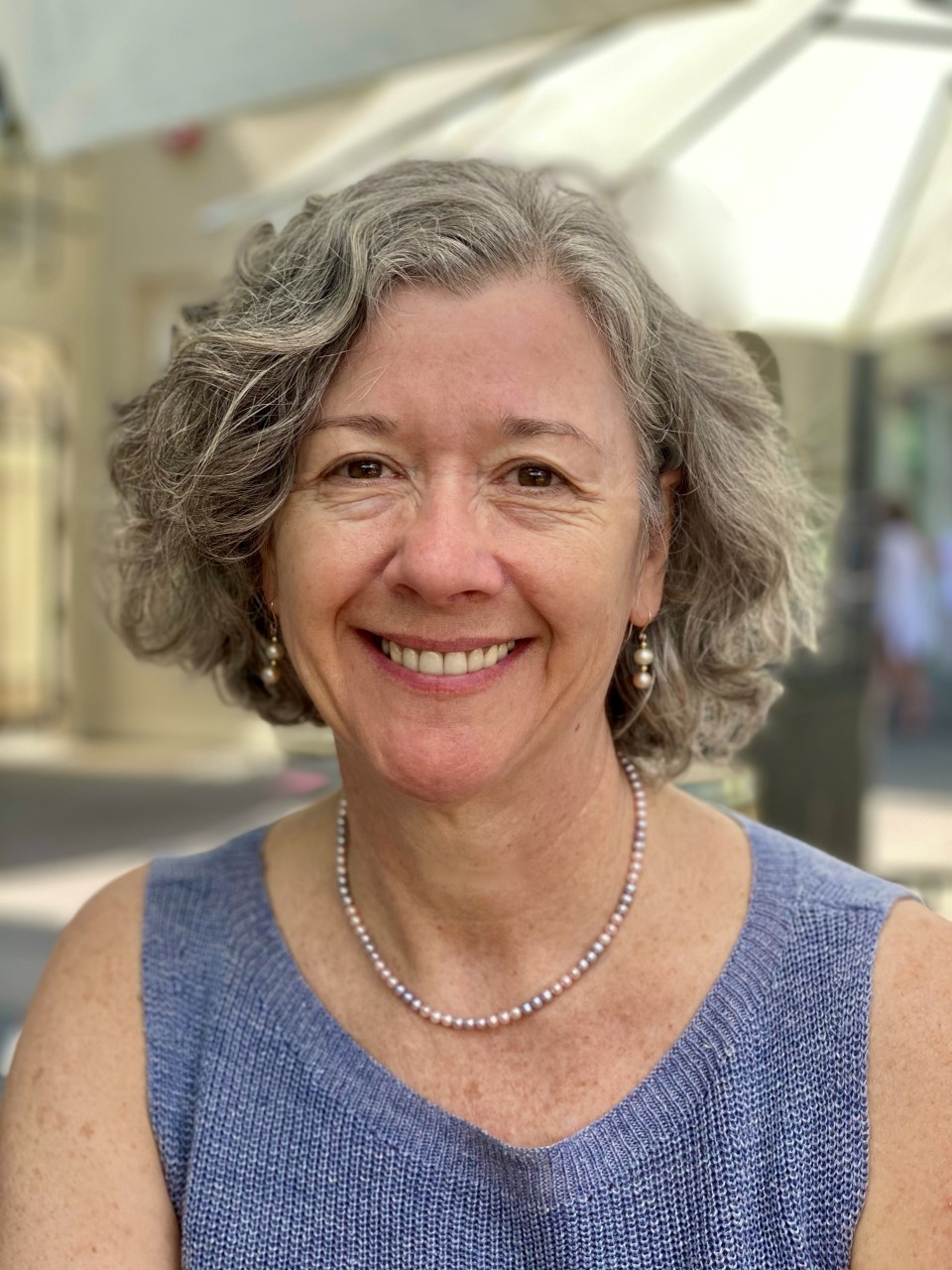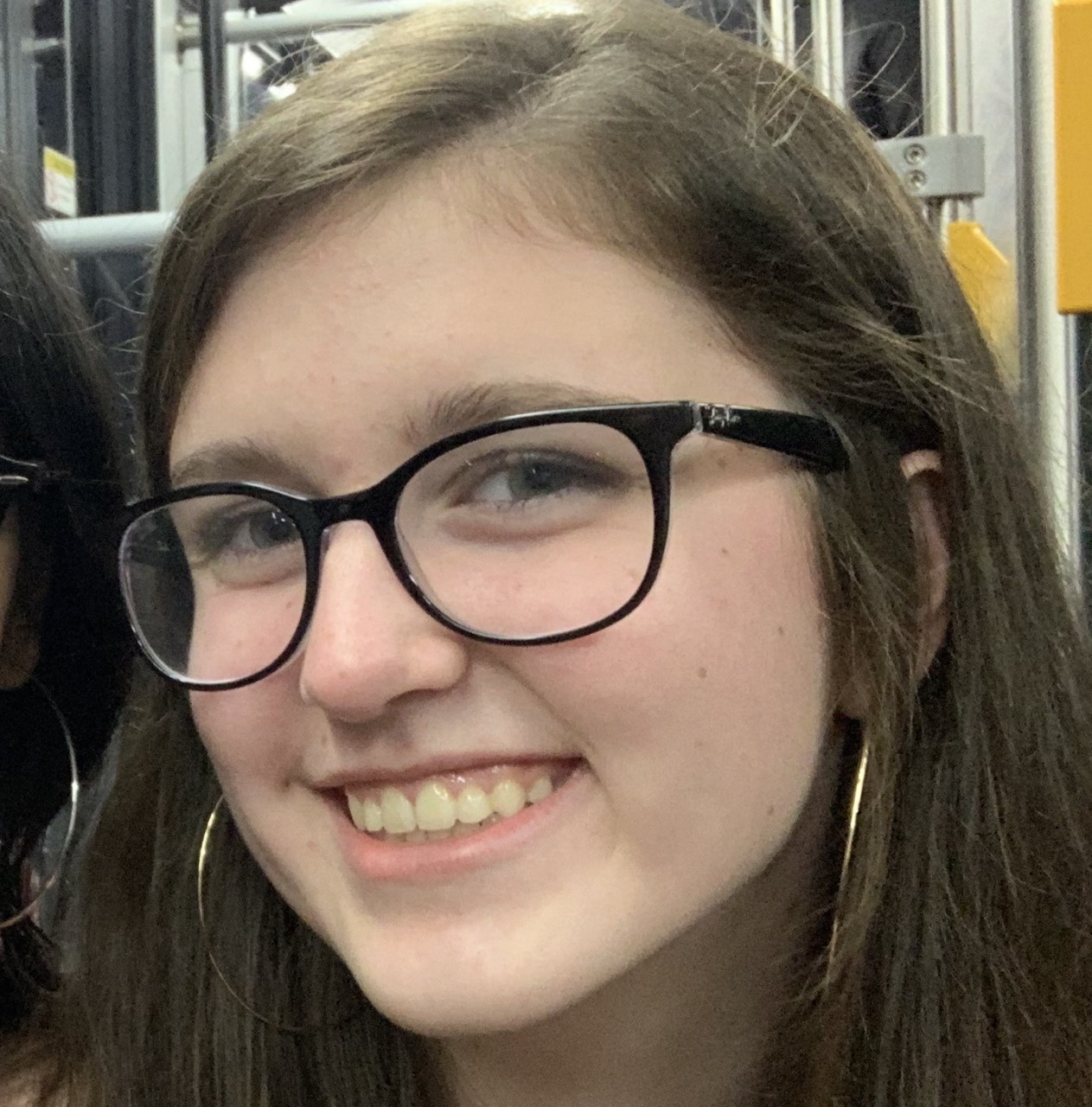Our team has produced a database containing information for every institution that wrote in the Mortuary Rolls of Prioresses Amphelisa of Lillechurch and Lucy de Vere of Castle Hedingham, probably in the 1210s and 1220s. Five hundred religious houses in England, Wales and Scotland are represented on the rolls, and here every inscription is transcribed and captured, creating manipulable data for the interactive map, behind which is locational, descriptive, textual, and evaluative evidence. This data permits a close and detailed account of spiritual networks in this period, and allows an assessment of religious houses’ resources and abilities to connect perceptibly with each other. New questions emerge from this project’s work that we hope will allow subsequent innovative research on holy women and their scribal expertise, their communities and their networks; regional networks and proximities; script type and trends in the earlier thirteenth century; and the significance and methods of collective memory formation in medieval England. If you spot any errors in the map, we’d be grateful if you’d let us know (treharne@stanford.edu).
Team Overview
Elaine Treharne

Elaine Treharne, MArAd, FSA, FRHistS, FEA, FLSW, is Senior Vice Provost of Undergraduate Education, Roberta Bowman Denning Professor of Humanities and Professor of English at Stanford University, where she has directed Stanford Text Technologies since 2014, and where she co-directs Stanford Manuscript Sciences with Dr Benjamin Albritton. She teaches and researches Medieval Literary Cultures, Manuscript and Archival Studies, and the long History of the Book. She is the author or editor of numerous books and articles, the most recent being The Cambridge Companion to British Medieval Manuscripts (CUP, 2020) and Perspectives on Medieval Manuscripts: The Phenomenal Book (OUP, 2021). Her new book, Disrupting Categories 1050 to 1250, will appear in autumn 2024 from ARC. Elaine has been principal investigator of ’The Use and Production of English, 1060 to 1220’, ‘Stanford Global Currents’, and ‘CyberText Technologies’.
Mateusz Fafinski
 Mateusz Fafinski is a Fellow at the Max-Weber-Kolleg für kultur- und sozialwissenschaftliche Studien at the University of Erfurt, and a research collaborator and affiliate at Stanford Text Technologies and CESTA at Stanford University. A medievalist and digital humanist, previously he was a postdoctoral scholar at the Universities of Lausanne and Tubingen. He works on the adaptations of the post-Roman worlds, the nature of historical sources in the digital sphere, early medieval Latin manuscripts, as well as the role of urban space in Early Medieval societies.
Mateusz Fafinski is a Fellow at the Max-Weber-Kolleg für kultur- und sozialwissenschaftliche Studien at the University of Erfurt, and a research collaborator and affiliate at Stanford Text Technologies and CESTA at Stanford University. A medievalist and digital humanist, previously he was a postdoctoral scholar at the Universities of Lausanne and Tubingen. He works on the adaptations of the post-Roman worlds, the nature of historical sources in the digital sphere, early medieval Latin manuscripts, as well as the role of urban space in Early Medieval societies.
Isabel Fryett
 Isabel is a graduate of the University of California at Riverside. She is an administrator in the Stanford Doerr School, from where she is planning on applying to graduate school. For the Medieval Networks of Memory project, Isabel focused on the sociological aspects of women scribes and women in religion during the Middle Ages. She is interested in the way female handwriting differs from male handwriting, and if that has any correlation to the amount of education one received based on gender.
</p>
Isabel is a graduate of the University of California at Riverside. She is an administrator in the Stanford Doerr School, from where she is planning on applying to graduate school. For the Medieval Networks of Memory project, Isabel focused on the sociological aspects of women scribes and women in religion during the Middle Ages. She is interested in the way female handwriting differs from male handwriting, and if that has any correlation to the amount of education one received based on gender.
</p>
Lauren Selden
 Lauren Selden was a History undergraduate at Stanford, minoring in Classics, who is now a doctoral candidate at the University of Chicago. She is interested in the history of high and late medieval Catholicism and the practice of pilgrimage. Within the Medieval Networks of Memory project, Lauren focused on palaeography. She combed the mortuary rolls entry by entry to identify specific handwriting features to assess where they appear in tituli across the rolls. This research provided the data for our visualizations.
</p>
Lauren Selden was a History undergraduate at Stanford, minoring in Classics, who is now a doctoral candidate at the University of Chicago. She is interested in the history of high and late medieval Catholicism and the practice of pilgrimage. Within the Medieval Networks of Memory project, Lauren focused on palaeography. She combed the mortuary rolls entry by entry to identify specific handwriting features to assess where they appear in tituli across the rolls. This research provided the data for our visualizations.
</p>
Hailee Heinrich
 Hailee Heinrich was a Stanford undergraduate specialising in Communication and Political Science. Hailee’s focus for this research concentrated on the applications of monumentality and remembrance to outlets beyond just mortuary rolls.
</p>
Hailee Heinrich was a Stanford undergraduate specialising in Communication and Political Science. Hailee’s focus for this research concentrated on the applications of monumentality and remembrance to outlets beyond just mortuary rolls.
</p>
Hannah Kim
 Hannah Kim was a Computer Science student at Stanford with a minor in Ethics. She is interested in technology research and AI policy. For the Medieval Networks of Memory project, Hannah took a technical approach, determining how much space on a mortuary roll each entry takes and if there are any significant patterns that can be detected through automation.
</p>
Hannah Kim was a Computer Science student at Stanford with a minor in Ethics. She is interested in technology research and AI policy. For the Medieval Networks of Memory project, Hannah took a technical approach, determining how much space on a mortuary roll each entry takes and if there are any significant patterns that can be detected through automation.
</p>
Nikita Bhardwaj
 Nikita Bhardwaj was a Symbolic Systems undergraduate at Stanford, interested in the applications of machine learning in neuroscience and the humanities. Nikita’s focus was on machine learning and segmentation. She researched how OpenCV packages allow for automated detection of mise-en-page features on the membranes.
</p>
Nikita Bhardwaj was a Symbolic Systems undergraduate at Stanford, interested in the applications of machine learning in neuroscience and the humanities. Nikita’s focus was on machine learning and segmentation. She researched how OpenCV packages allow for automated detection of mise-en-page features on the membranes.
</p>